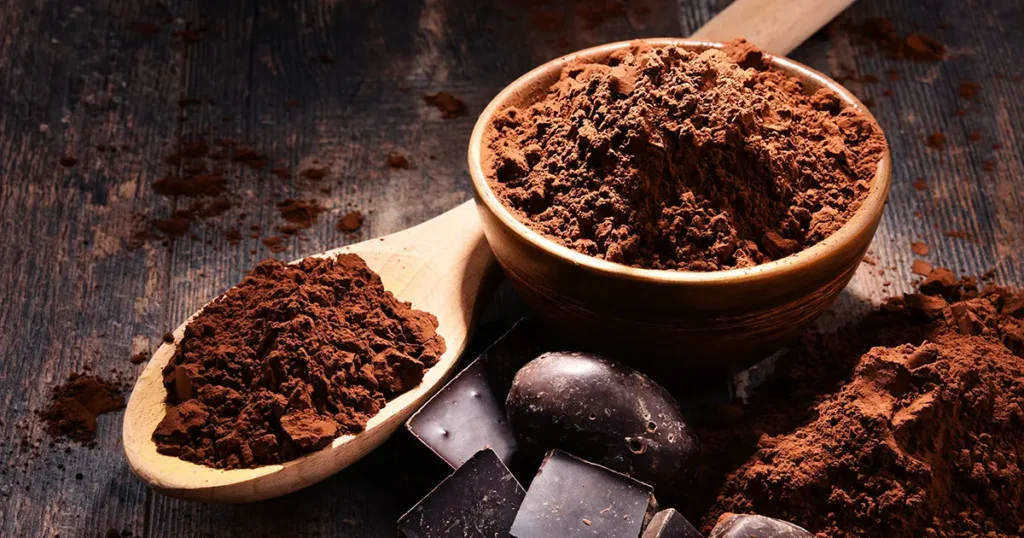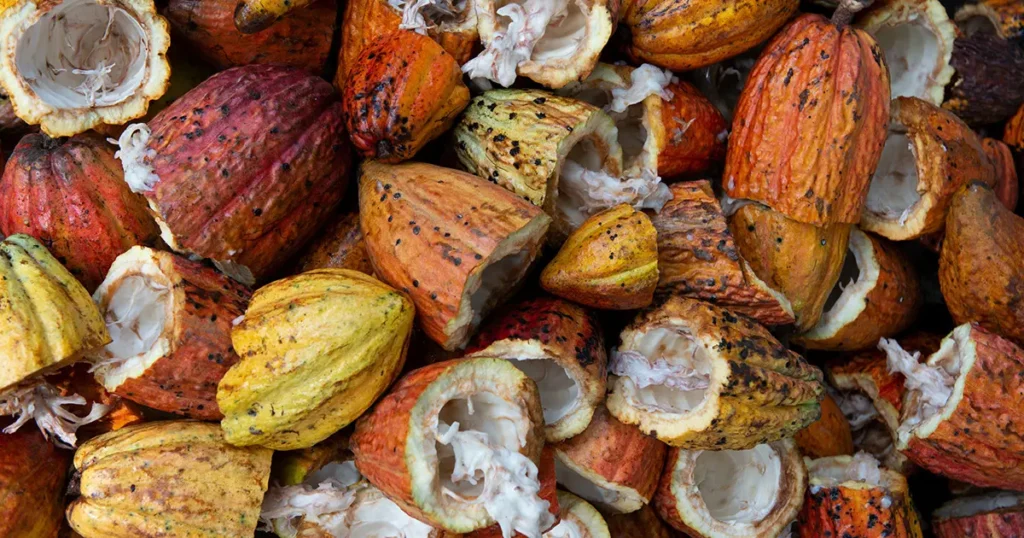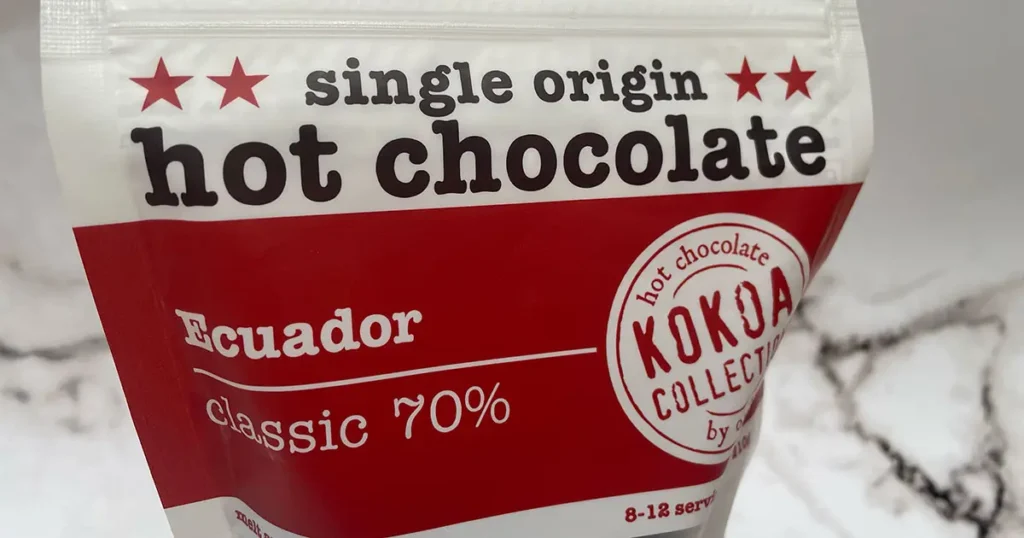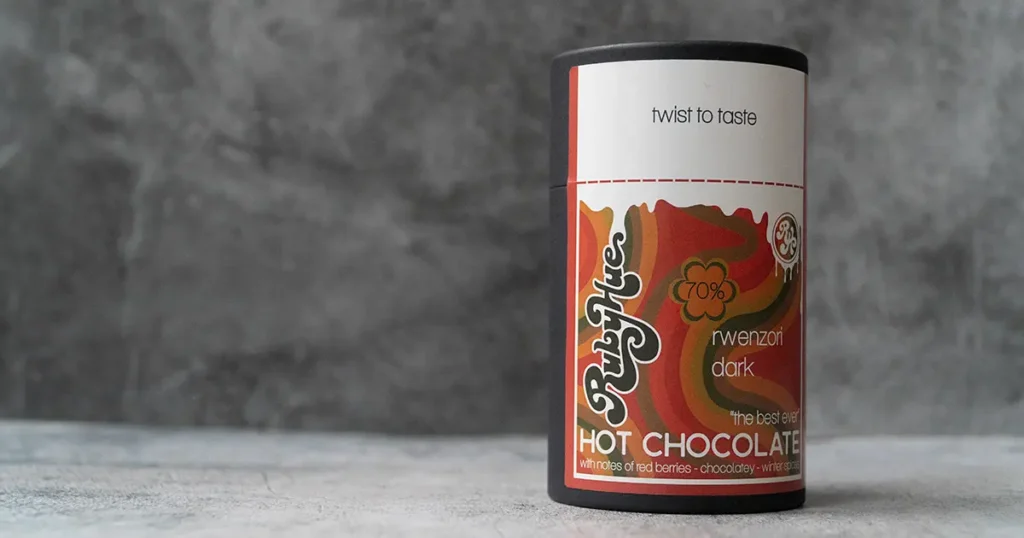Hot chocolate, a drink adored globally, comes with its debates. The most common of which is whether to make hot chocolate with water or milk. Some love the creamy texture milk offers, while others prefer the lightness of water. So, how do you like yours? Let’s explore the nuances of both options to help you decide!
Historical Roots of Hot Chocolate: A Brief Overview
The story of hot chocolate dates back thousands of years, with its earliest traces found in the ancient cultures of the Americas, where it was often mixed with water and spices.
The Mayans, one of the earliest civilizations to cultivate cacao beans, played a significant role in the initial consumption and ritualistic use of chocolate.
When hot chocolate made its way to Europe via Spanish explorers in the 16th century, it marked the beginning of a new chapter in its rich history.
Europe, with its varied tastes and influences, would soon become the crucible for the drink’s evolution, where milk became a popular addition, giving it the creamy texture we know today.
Comparing Water-based vs. Milk-based Hot Chocolate
Taste Profile
The base liquid used in hot chocolate – be it water or milk – plays a pivotal role in shaping the final taste profile of the drink.
These choices, each with its distinct characteristics, can change the entire drinking experience, giving prominence to different aspects of the chocolate itself.
Water’s Purity
Hot chocolate made with water tends to highlight the intrinsic flavours of the cocoa.
Without the creamy undertones that milk introduces, the beverage allows the robustness and nuances of the cocoa beans to shine through.
This results in a drink where the bitter, fruity, or even slightly acidic notes of the chocolate become more pronounced.
It’s a choice that resonates with purists and those who want an unadulterated chocolate experience.
A Dive into Milk’s Creaminess
On the flip side, milk transforms the beverage into a rich symphony of flavours.
The natural fats in milk enhance the drink’s body, making it velvety and luscious.
This creaminess tends to mellow out the intense bitterness of cocoa, balancing the flavours and providing a more harmonious taste.
The milk, depending on its fat content – from skimmed to full-fat – can also impart subtle sweet notes, further elevating the drink’s luxuriousness.
The Middle Ground
Some aficionados prefer a middle path, combining both water and milk.
This approach seeks to merge the best of both worlds: the purity of cocoa’s taste with the velvety texture milk provides.
It’s a delicate balancing act, ensuring one doesn’t overpower the other, resulting in a drink that’s both flavourful and creamy.
Whether you lean towards the unmasked flavours of cocoa with water or the creamy indulgence that milk offers, hot chocolate remains a versatile drink, ready to cater to every palate.

Nutritional Benefits
When debating between water-based and milk-based hot chocolate, the choice is often framed in terms of flavour.
However, there’s also a significant nutritional difference between the two.
Here’s a brief comparison of the nutritional benefits offered by each:
Caloric Content
- Water-Based: Naturally lower in calories as it lacks the fats and sugars present in milk. Ideal for those watching their caloric intake or lactose-intolerant individuals.
- Milk-Based: Higher in calories, particularly when using whole milk. The calories, however, come with added nutrients from the milk.
Protein and Fats
- Water-Based: Virtually free from fats and has a negligible protein content.
- Milk-Based: Provides protein, essential for muscle repair and growth, and healthy fats that can aid in vitamin absorption.
Minerals and Vitamins
- Water-Based: Maintains the minerals naturally present in cocoa, like magnesium and iron.
- Milk-Based: Apart from cocoa’s minerals, milk adds calcium, vitamin D, and B vitamins, supporting bone health and energy metabolism.
Antioxidant Content
- Water-Based: Without milk’s interference, the antioxidants in cocoa can be more readily absorbed, maximizing the benefits of flavonoids.
- Milk-Based: Some studies suggest that milk might inhibit the absorption of antioxidants from cocoa. However, this is still a debated topic, and the overall impact might be minimal.
Fiber and Digestion
- Water-Based: Retains cocoa’s natural dietary fibre, beneficial for digestion.
- Milk-Based: While also containing cocoa’s fibre, the lactose in milk can be hard to digest for some people, leading to digestive discomfort.
Water-based hot chocolate offers a purer cocoa experience and might be more antioxidant-rich, while the milk-based version is nutrient-dense, offering added proteins, fats, and vitamins.
Whether you like your hot chocolate with milk or water the best choice depends on individual nutritional needs and preferences.
Click the following link for a more in-depth look at the health benefits of hot chocolate.

Suitability for Dietary Restrictions
Navigating dietary restrictions can sometimes be a challenge, especially when it comes to beloved beverages like hot chocolate.
However, the versatility of this drink ensures there’s a version for everyone:
Lactose Intolerance
Those who struggle to digest lactose often gravitate towards water-based hot chocolate. Without milk, they can enjoy the rich cocoa flavour without the digestive discomfort associated with lactose.
Milk Alternatives
For individuals who aren’t lactose intolerant but prefer to avoid dairy for ethical, environmental, or other health reasons, there’s a plethora of milk alternatives available.
Options like almond, soy, and oat milk offer distinct taste profiles and nutritional benefits, making the hot chocolate experience both delicious and varied.
In essence, regardless of one’s dietary needs or preferences, there’s a hot chocolate blend that fits the bill, ensuring no one misses out on this delightful treat.
Cost Effectiveness: Water vs. Milk
When assessing the cost of making hot chocolate, one can’t overlook the impact of the primary liquid used.
Both water and milk have their merits, but from a purely economic standpoint, there are some clear differences:
Availability and Price
- Water: Almost universally accessible, tap water is a cost-effective choice, especially when one considers that it’s often available at negligible costs in many households.
- Milk: The price of milk can vary based on factors like region, brand, and type (organic, full-fat, skimmed). Additionally, milk has a shorter shelf life, potentially leading to waste and added expenses.
Volume Considerations
- Water: As it’s so readily available, there’s no significant concern regarding using more water for a larger batch or needing to redo a batch.
- Milk: Larger quantities for gatherings or frequent consumption can quickly escalate costs, especially with premium or specialised milk varieties.
Alternative Milks
While almond, soy, and oat milk offer dietary benefits and diverse flavour profiles, they often come at a higher price point than regular dairy milk, making them a less economical choice for daily consumption.
While milk and its alternatives might enhance the taste and nutritional value of hot chocolate, water remains the most budget-friendly option, ensuring that everyone can enjoy a cocoa treat without breaking the bank.

Expert Tips on Enhancing Your Hot Chocolate Experience
Diving into a mug of hot chocolate is always a treat, but with a few expert tips, you can transform it from delightful to divine:
For Water Lovers
Pinch of Salt
It might seem counterintuitive, but a small pinch of salt can amplify the depth of the cocoa, creating a more balanced and intense flavour profile.
Vanilla Extract
A drop or two of vanilla extract can introduce a subtle sweetness and aromatic complexity to the hot chocolate, making the drink even more luxurious.
For Milk Enthusiasts
Whipped Cream
A dollop of whipped cream not only adds an aesthetic charm but also an extra layer of velvety richness to the drink. As the cream melts, it seamlessly blends with the milk, enhancing the drink’s texture.
Sprinkle of Cinnamon
Cinnamon and chocolate are a match made in heaven. A light sprinkle on top adds warmth and a spicy undertone, making every sip an aromatic delight.
Remember, the joy of hot chocolate lies in its versatility.
Whether you’re a water devotee or a milk aficionado, these expert suggestions ensure that your cup is nothing short of perfection.
Conclusion: Hot Chocolate With Water or Milk?
When it comes to the age-old debate of “Do you like your hot chocolate with water or with milk?”, there’s no right answer.
It’s all about personal preference.
Whether you’re a purist or a creamy aficionado, the joy of sipping a warm cup of hot chocolate remains unparalleled.
So, what’s your pick?






